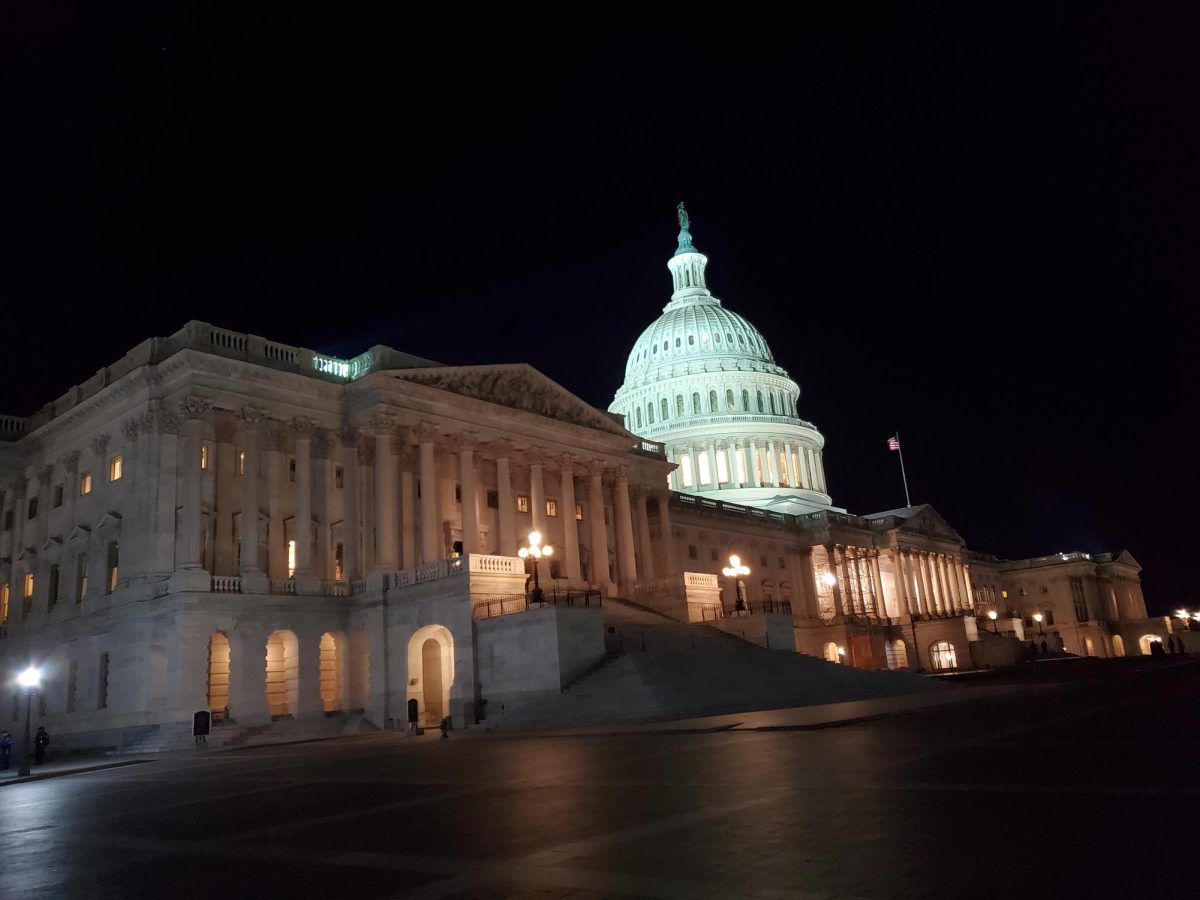For most individuals this week, the main focus has been the constant hum of the Presidential election. Yet, for those in the areas most hard hit by Hurricane Sandy, the repercussions of the massive Oct. 29 storm are still developing into an issue that cannot be overlooked.
When the storm slammed into the East Coast, it immediately morphed into a frighteningly problematic system, killing at least 106 people in the United States. Power outages now stand at more than 1.3 million homes and businesses, down from a peak of 8.5 million. In New York, tens of thousands of people left homeless by the storm are looking for places to stay while their homes or apartment buildings are being repaired. Although federal officials said more than 45,000 families had been approved for housing assistance totaling more than $203 million, most agree that this is not enough.
Without a doubt, the storm has had a massive toll on the East Coast. Yet, in part because of the proximity to Election Day, Hurricane Sandy has left an impact greater than the strewn rubble and flooded basements. The super storm that ravaged the East Coast only days before the election has demanded more attention for the environment, sparking a new discussion on the future of our planet.
The discussion on climate change has been meager on both political parties for much of this Presidential campaign and although scientists cannot directly blame a specific storm on climate change, they do believe it can worsen change. Hurricane Sandy has significantly increased dialogue on climate change, with numerous political figures and celebrities raising concerns in the storm’s aftermath.
“It’s a longer conversation, but I think part of learning from this is the recognition that climate change is a reality,” Gov. Andrew Cuomo (R-N.Y.) said in the days following Sandy. “Extreme weather is a reality. It is a reality that we are vulnerable.”
This conversation becomes even more applicable when the storm-ravaged New Yorkers will soon face another terrifying nor’easter coming up the East Coast by Wednesday. Although the storm is not anticipated to be nearly as crippling Sandy, forecasters anticipate renewed coastal flooding to parts of the city and the New Jersey shore, and still more power outages due to strong winds.
The new storm’s potential for damage only reiterates the fact that the discussion on climate change and how the government will respond are critical to the public’s response to Hurricane Sandy. Although relief effort is a huge part of the process, education on environmental awareness and consequent action are also important pieces in the struggle for the entire nation’s recovery from Hurricane Sandy.






